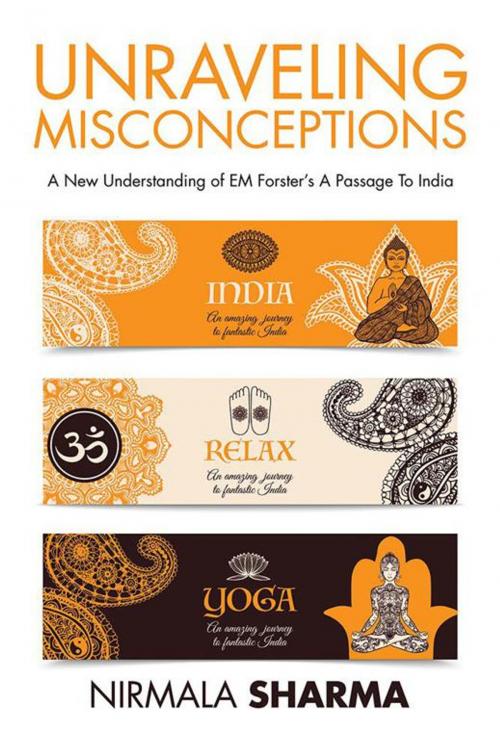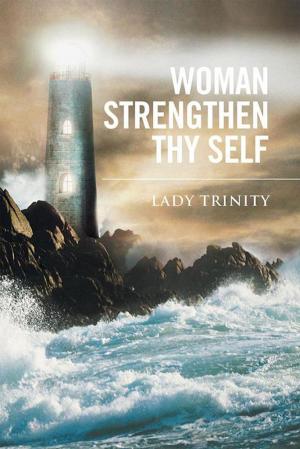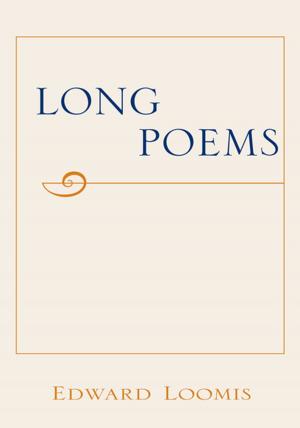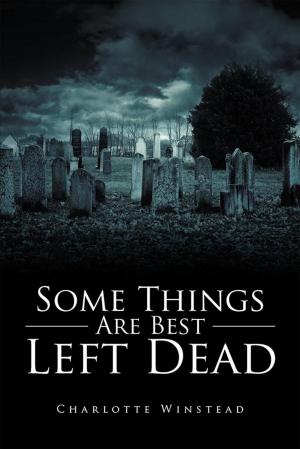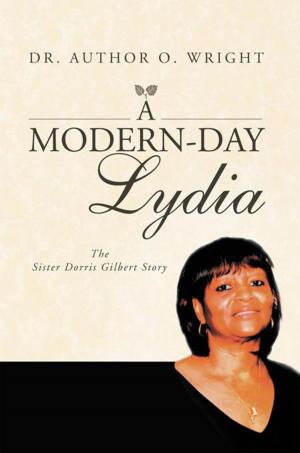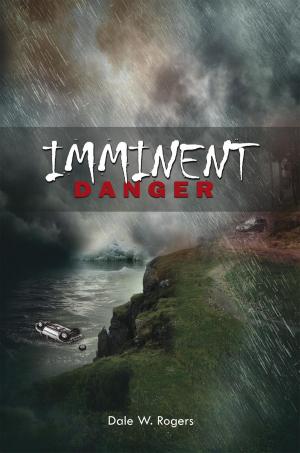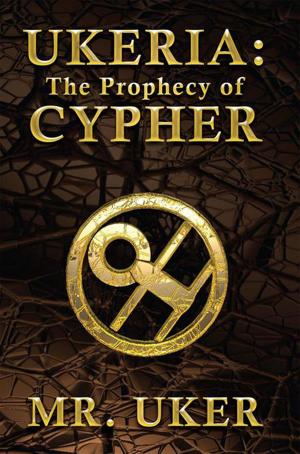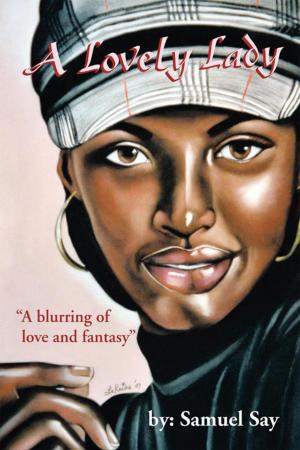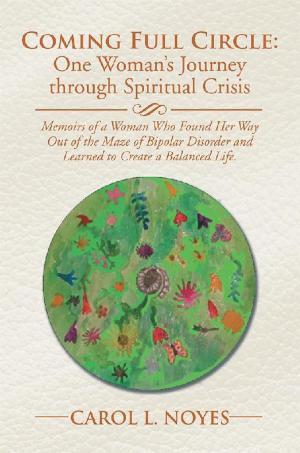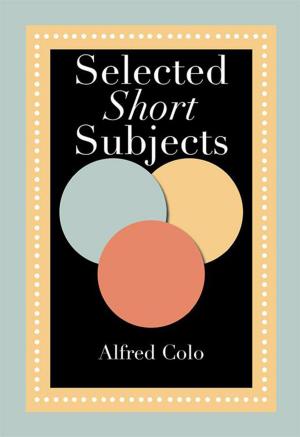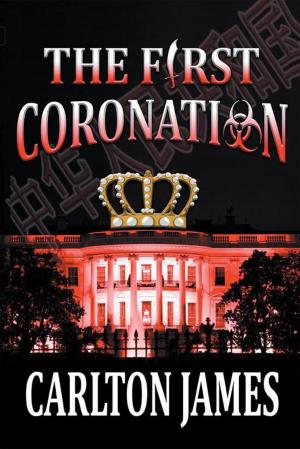Unraveling Misconceptions
A New Understanding of Em Forster’S a Passage to India
Fiction & Literature, Literary Theory & Criticism| Author: | Nirmala Sharma | ISBN: | 9781514475218 |
| Publisher: | Xlibris US | Publication: | March 21, 2016 |
| Imprint: | Xlibris US | Language: | English |
| Author: | Nirmala Sharma |
| ISBN: | 9781514475218 |
| Publisher: | Xlibris US |
| Publication: | March 21, 2016 |
| Imprint: | Xlibris US |
| Language: | English |
Both India and E.M.Forster have recently been discovered, so to speak, by the Columbuses of Western popular culture, the makers of British films and television serials. Mrs. Sharmas interest in both these subjects is of much longer standing and is less interested in scenic details than in hard intellectual essences. She has written a thoughtful and a thought-provoking book about the author of A Passage to India, one which givers Forster full credit for his large-minded tolerance but is uncompromising in pointing out where that tolerance fails and what are the short-comings of the background which caused the failure. Mrs. Sharmas book might well be subtitled The Limits of Liberalism, and she is especially illuminating when she traces the sources of this movement of nineteenth-century thought and demonstrates how E.M. Forster, both through his education and his family background, was liberalisms disciple and inheritor. She shows, moreover, how the rational bias of the nineteenth-century political and intellectual mind set kept Forster free of the usual English middle-class prejudices regarding the so-called inferior races and different cultures and how it armed him to oppose the emotionalism of the barely-disguised race-hatred displayed by most of the English who were ruling in India. Mrs. Sharma agrees that Forster deserves much of his reputation as the man who exposed British hypocrisy regarding India and the Indians, especially Muslim Indians. At the same time she demonstrates how Forsters total allegiance to the liberal creed of rationalism blinds him to the whole world of emotionalism and thus renders almost the whole of Hindu India a muddle to him. Forster is himself not entirely unaware of this limitation. He is after all the man who was capable of mustering only Two Cheers for Democracy. But he leaves the impression that the failure to understand India and to make a unity of things Indian is due to the gross size and complexity of the object to be studied and the narrow capabilities of the general Western mind. No Westerner, Forster implies, could ever hope to comprehend all the facets, contradictions, paradoxes, and mysteries of the Sub-Continent. Mrs. Sharma will have none of this. She is well read in English and American literature and can show how what was closed to Forster was perfectly open to such Westerners as John Donne and Walt Whitman. The fault, one begins to understand, is not with the West, but with Western liberalism and its obsessive fear of the irrational. Such a fear may indeed be shown to characterize Forster not only as a social critic but also as an artist. For instance, one of the chapters of his own though provoking book, Aspects of the Novel, deals with what Forster calls a conflict between plot and character. Characters, he recognizes, when fully conceived, sometimes have a way of taking on a life of their own, so to speak, and insist on behaving otherwise than the author had intended in his rationally coherent, preconceived plot. Since the plot carries the intellectual substance of a Forster novel, he advises novice writers, the readers of Aspects of the Novel, to put down these irrational rebellions of his characters with a firm repressive hand, to make them do what they were intended to do. A different sort of writer, one who trusted the irrational which Forster so feared, might have decided that the rebellious character might be leading the author to a new truth, one which the emotionalism of art, a opposed to the rationalism of logic, was capable of discovering. But not Forster, and thus when, returning to A Passage to India, his Mrs. Moore begins to understand what Forster, with his liberal background has pre-decided it is beyond her capacity as a Westerner to understand, he packs her off to England and kills her. The Forster whom Mrs. Sharma has discovered for us is almost as great a paradox as he perceives India to be. He is a consummate artist who does not trust his art. His is a good mind severely limited, a courageous mind when backed by rational thought, but a timid soul when faced by the irrational in others or even by the emotional in himself.
Both India and E.M.Forster have recently been discovered, so to speak, by the Columbuses of Western popular culture, the makers of British films and television serials. Mrs. Sharmas interest in both these subjects is of much longer standing and is less interested in scenic details than in hard intellectual essences. She has written a thoughtful and a thought-provoking book about the author of A Passage to India, one which givers Forster full credit for his large-minded tolerance but is uncompromising in pointing out where that tolerance fails and what are the short-comings of the background which caused the failure. Mrs. Sharmas book might well be subtitled The Limits of Liberalism, and she is especially illuminating when she traces the sources of this movement of nineteenth-century thought and demonstrates how E.M. Forster, both through his education and his family background, was liberalisms disciple and inheritor. She shows, moreover, how the rational bias of the nineteenth-century political and intellectual mind set kept Forster free of the usual English middle-class prejudices regarding the so-called inferior races and different cultures and how it armed him to oppose the emotionalism of the barely-disguised race-hatred displayed by most of the English who were ruling in India. Mrs. Sharma agrees that Forster deserves much of his reputation as the man who exposed British hypocrisy regarding India and the Indians, especially Muslim Indians. At the same time she demonstrates how Forsters total allegiance to the liberal creed of rationalism blinds him to the whole world of emotionalism and thus renders almost the whole of Hindu India a muddle to him. Forster is himself not entirely unaware of this limitation. He is after all the man who was capable of mustering only Two Cheers for Democracy. But he leaves the impression that the failure to understand India and to make a unity of things Indian is due to the gross size and complexity of the object to be studied and the narrow capabilities of the general Western mind. No Westerner, Forster implies, could ever hope to comprehend all the facets, contradictions, paradoxes, and mysteries of the Sub-Continent. Mrs. Sharma will have none of this. She is well read in English and American literature and can show how what was closed to Forster was perfectly open to such Westerners as John Donne and Walt Whitman. The fault, one begins to understand, is not with the West, but with Western liberalism and its obsessive fear of the irrational. Such a fear may indeed be shown to characterize Forster not only as a social critic but also as an artist. For instance, one of the chapters of his own though provoking book, Aspects of the Novel, deals with what Forster calls a conflict between plot and character. Characters, he recognizes, when fully conceived, sometimes have a way of taking on a life of their own, so to speak, and insist on behaving otherwise than the author had intended in his rationally coherent, preconceived plot. Since the plot carries the intellectual substance of a Forster novel, he advises novice writers, the readers of Aspects of the Novel, to put down these irrational rebellions of his characters with a firm repressive hand, to make them do what they were intended to do. A different sort of writer, one who trusted the irrational which Forster so feared, might have decided that the rebellious character might be leading the author to a new truth, one which the emotionalism of art, a opposed to the rationalism of logic, was capable of discovering. But not Forster, and thus when, returning to A Passage to India, his Mrs. Moore begins to understand what Forster, with his liberal background has pre-decided it is beyond her capacity as a Westerner to understand, he packs her off to England and kills her. The Forster whom Mrs. Sharma has discovered for us is almost as great a paradox as he perceives India to be. He is a consummate artist who does not trust his art. His is a good mind severely limited, a courageous mind when backed by rational thought, but a timid soul when faced by the irrational in others or even by the emotional in himself.
